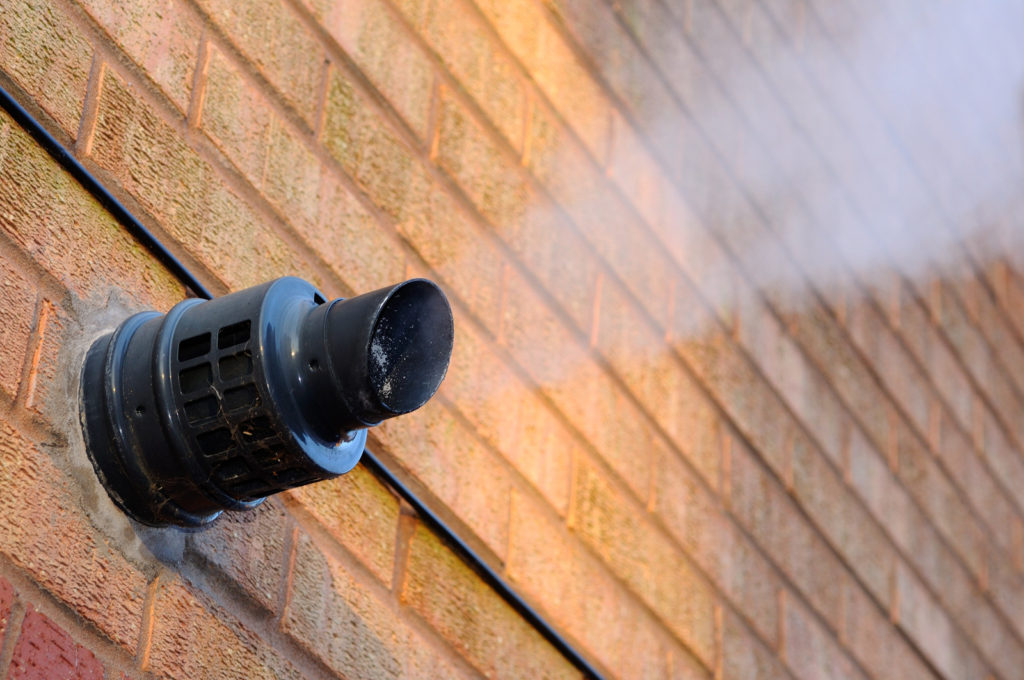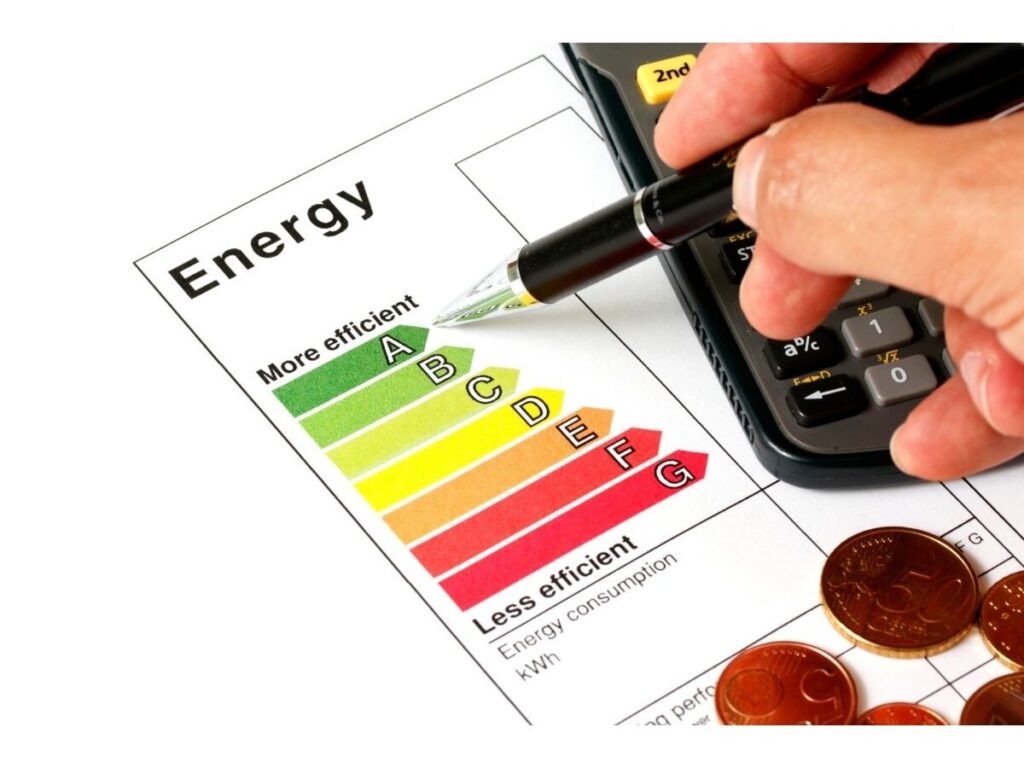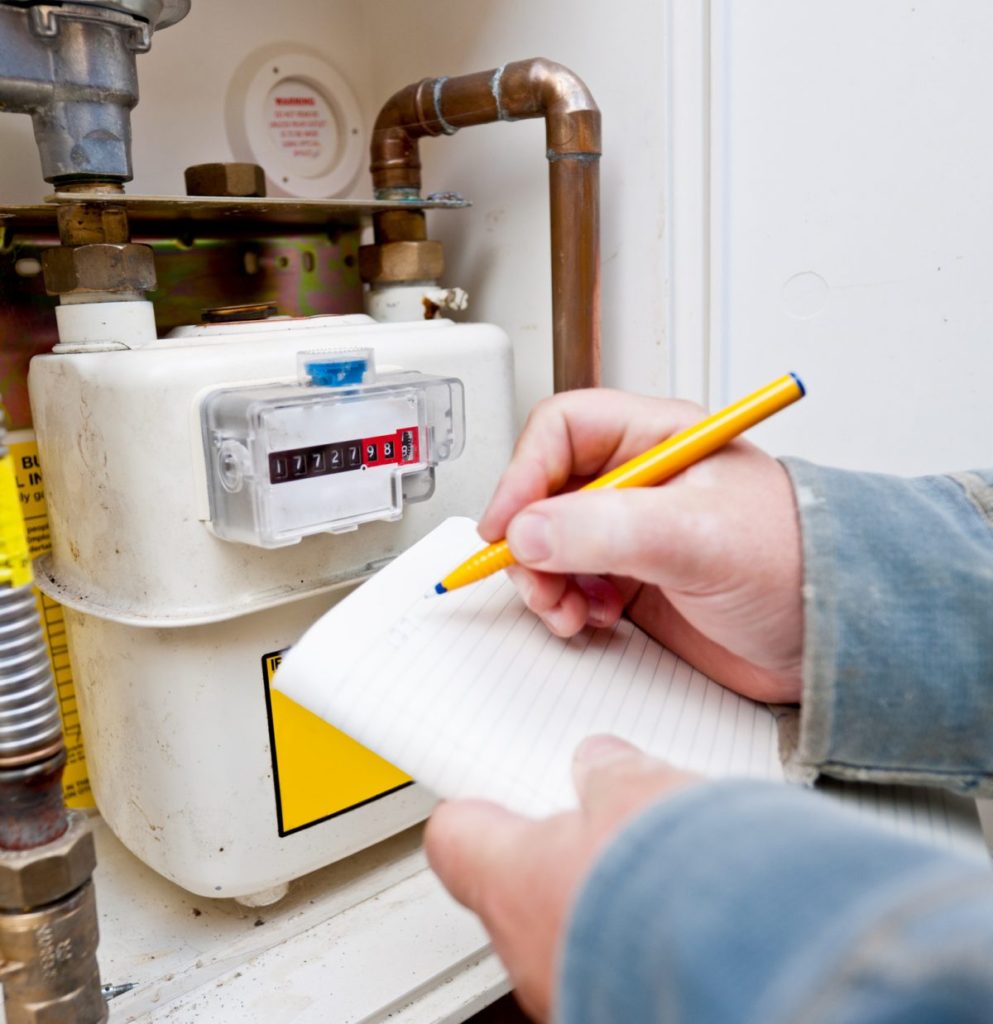If you’re wondering why your brand new condensing boiler isn’t actually condensing, you’re not alone. Despite being required to be condensing since 2005, many boilers are not functioning at their maximum efficiency.
In this article, we’ll explore the reasons for this and look at ways to improve your boiler’s performance, with a focus on combi boilers.

Key Takeaways
Combi boilers are the most common type of boiler in the UK, but many are oversized for the properties they serve, leading to inefficiency. By range rating your boiler down to the appropriate kilowatt rating and restricting water flow rates, you can help your boiler condense and save money on gas and CO2 production.
- Many new condensing boilers are not actually condensing due to oversizing and other factors.
- Combi boilers are a common culprit for non-condensing boilers due to excessive kilowatt ratings and unrestrictive water flow rates.
- By range rating your boiler and restricting water flow rates, you can improve your boiler’s performance and save money on energy costs.
Reasons for Non-Condensing New Boilers
Condensing boilers are designed to be highly efficient, with a minimum efficiency rating of 92% ERP. However, on average, condensing boilers in the UK are only about 89% efficient due to oversized combi boilers being installed in properties.
Understanding what a condensing boiler is and how it works differently than a non-condensing boiler.
There are three types of boilers used in the UK: combi boilers, system boilers, and heat-only/regular boilers. All three types are condensing boilers, meaning they reduce their flue temperature to below 54 degrees to turn water vapour back into liquid. This liquid then goes through the heat exchanger and drainage system.
Combi boilers are the most common type of boiler in the UK, with 80% of homes having them. However, an oversized combi boiler is the main reason why a new condensing boiler may not actually be condensing. Most combi boilers are designed for one bathroom, one kitchen sink, and small central heating. Yet, they are often installed with 22-24 kilowatts of heat, even though the average amount required to heat a domestic house in the UK is between 6-8 kilowatts.
In addition to being oversized, some combi boilers can also heat water to a higher temperature than is necessary. Most showers are blended to about 38 degrees, and new build houses have their baths taken down to 48 degrees. However, some combi boilers can produce water at 60 degrees, which means that the user has to add cold water to achieve the desired temperature. This wastes energy and reduces the efficiency of the boiler.
To make combi boilers actually condense, range rating is crucial. Range rating is when boilers are rated down to the kilowatts required for the house. For example, if a house requires 6 kilowatts, the boiler should be range rated down to 7-8 kilowatts. Most combi boilers on the market don’t range rate down to a minimum of 3 kilowatts, which is the minimum required for a combi boiler.
Water flow rate is another factor to consider when making a combi boiler condense. Most combi boilers on the market produce 15-19 litres per minute of water flow rate. However, combi boilers shouldn’t have more than 13 litres per minute going through them, as this can cause noise and prevent the boiler from heating up the water properly. Restrictors can be installed to limit the flow rate and make the boiler more efficient.
Finally, the temperature of the water is also important. Most combi boilers can heat water up to 60 degrees, but this isn’t necessary. Most showers are blended to about 38 degrees, and new build houses have their bath temperatures taken down to 48 degrees. Therefore, water temperatures between 35-45 degrees are sufficient.
Overall, to make a new condensing boiler actually condense, it’s crucial to consider range rating, water flow rate, and water temperature. By doing so, you can save money, gas, and CO2 production.
There are a few ways to identify if your boiler is a condensing or non-condensing model.

Efficiency of Condensing Boilers
Condensing boilers are designed to be highly efficient, with a minimum efficiency rating of 92 ERP. However, on average, condensing boilers in the UK are only about 89% efficient. This is because most boilers have a flow temperature of 70 degrees and a return temperature of 50 degrees, which makes them less efficient than they could be.
Also, it is important to consider the temperature of the water produced by your boiler. Most showers are blended to around 38 degrees, so there is no need for your boiler to produce water at 60 degrees. By reducing the temperature of the water, you can save energy and reduce your carbon footprint.
In addition, the bigger the combi boiler, the bigger the gas pipe needs to be, and sometimes even the meter needs to be upgraded. Therefore, installing a huge kilowatt rating combi boiler needs to be considered carefully.
So, while condensing boilers are designed to be efficient, there are several factors that can affect their performance. By range rating your boiler, limiting the flow rate, and reducing the temperature of the water, you can ensure that your condensing boiler is working as efficiently as possible.
To avoid these issues, it is important to choose a combi boiler with a kilowatt rating that matches the actual requirements of your home. You can ask your engineer to size your property to determine how many kilowatts you need for your central heating. You should also look for a boiler that can range rate down to the actual kilowatts required for your home and produces no more than 13 litres per minute of hot water. Finally, make sure that your boiler can heat water to the desired temperature without producing excess heat.
Common condensing boiler problems and troubleshooting tips to resolve condensing boiler issues.
Range Rating and Its Importance
Range rating is a crucial process that most engineers overlook when installing a new boiler. It involves setting the boiler to produce the exact amount of heat required by the property, rather than just installing an oversized boiler that will waste energy and money.
Range rating a boiler down to the actual kilowatts required for the property can save energy, reduce gas bills, and help the boiler to condense correctly. Most engineers don’t range rate boilers down to what they should do, but it’s a crucial step that can make a significant difference in the long run.
Restricting Water Flow Rates
One way to help your condensing boiler actually condense is to restrict the water flow rates. This can be done by installing a flow restrictor, which limits the amount of water that flows through the boiler.
When the water flows too quickly through the boiler, it doesn’t have enough time to heat up and condense the water vapour. This means that the water vapour is released into the atmosphere, wasting energy and increasing CO2 emissions.
By installing a flow restrictor, you can reduce the water flow rate and increase the amount of time the water spends in the boiler. This allows the boiler to heat up the water and condense the water vapour, which improves its efficiency and reduces its environmental impact.
It’s important to note that not all combi boilers can be fitted with a flow restrictor. You should consult with a qualified engineer to determine if your boiler is suitable for this type of modification.

Practical Experiment: Comparing 24 and 30 Kilowatt Boilers
In this practical experiment, compared were two Ariston boilers, one with a 24 kilowatt rating and the other with a 30 kilowatt rating. Both boilers were connected to the same water supply and tap, and isolated the cold supply coming into each boiler so that they could run separately.
First, the 24 kilowatt boiler was tested to see the flow rate and temperature of the water coming out of the tap. The flow rate was 9.5 litres per minute, and the water temperature was 47 degrees Celsius. Then gas rated the boiler and found that it was using 2.5 cubic meters of gas per hour to heat the water.
Next, the 30 kilowatt boiler was tested using the same method. It was found that the flow rate was 12.5 litres per minute, and the water temperature was 57 degrees Celsius. The gas rating for this boiler was 3.2 cubic meters per hour.
From these results, it is clear that the 30 kilowatt boiler is producing more hot water than the 24 kilowatt boiler. However, it is also using more gas to do so. In fact, the 30 kilowatt boiler is using almost 30% more gas than the 24 kilowatt boiler, even though it is only producing around 30% more hot water.
This experiment highlights the importance of correctly sizing your boiler for your property’s needs. An oversized boiler, like the 30 kilowatt one, will not only be less efficient but will also cost more to run. It is essential to have your property’s heat loss calculated accurately to determine the correct kilowatt rating for your boiler.
